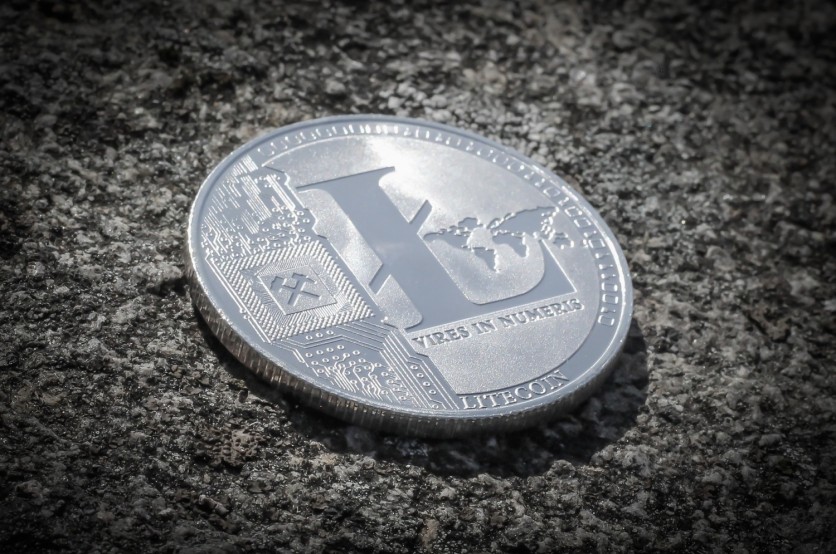
With its faster transaction times, lower fees, and improved security features, Litecoin has become a viable option for users looking to take advantage of the benefits of cryptocurrencies. In this article, we will explore the advantages of using Litecoin over other cryptocurrencies. We will also discuss the risks and considerations associated with using Litecoin, and provide a conclusion on its potential impact on the cryptocurrency landscape. If you are new in Bitcoin trading, you can learn more by visiting bitcoin 360 ai
Advantages of Litecoin
Litecoin offers several advantages over other cryptocurrencies, making it a popular choice among users. One of the key advantages of Litecoin is its faster transaction times compared to Bitcoin. While Bitcoin can take up to 10 minutes to process a transaction, Litecoin can process transactions in as little as 2.5 minutes. This makes Litecoin a more practical option for users who need to make quick transactions.
In addition to faster transaction times, Litecoin also has lower transaction fees compared to Bitcoin and Ethereum. Litecoin's transaction fees are typically a fraction of a cent, compared to Bitcoin's fees which can sometimes reach several dollars.
Another advantage of Litecoin is its greater scalability potential compared to Bitcoin. Litecoin is designed to handle a higher volume of transactions compared to Bitcoin, making it a more suitable option for larger transaction volumes.
Litecoin also boasts improved security features compared to other cryptocurrencies. For instance, Litecoin uses a unique hashing algorithm that makes it more difficult for hackers to attack the network. Additionally, Litecoin's development team is highly focused on maintaining the security of the network and improving its security features.
Finally, Litecoin has greater decentralization compared to other cryptocurrencies. Litecoin's mining algorithm allows for a more distributed network, ensuring that no single entity can control the majority of the network's computing power. This makes Litecoin a more secure and stable cryptocurrency option for users.
Litecoin Adoption and Future Potential
Litecoin has gained a significant amount of adoption since its launch in 2011. As of 2021, Litecoin has a market capitalization of over $11 billion, making it one of the top 20 cryptocurrencies by market cap. Litecoin is also accepted as a form of payment by a growing number of merchants worldwide.
In terms of market performance, Litecoin has seen significant growth in recent years. In 2017, Litecoin experienced a massive surge in price, reaching an all-time high of over $360 per coin.
Looking to the future, Litecoin has the potential to further increase its adoption and impact on the cryptocurrency landscape. Litecoin's faster transaction times and lower fees make it a more practical option for users looking to make transactions, particularly for smaller amounts. Additionally, Litecoin's improved scalability potential and security features make it a more reliable and secure cryptocurrency option.
Litecoin's development team is also actively working on improving the technology and features of the network. For instance, Litecoin has implemented the Lightning Network, a second-layer solution that enables faster and cheaper transactions. Litecoin's development team is also exploring the integration of new technologies, such as smart contracts, to expand the functionality of the network.
Risks and Considerations
While Litecoin offers several advantages over other cryptocurrencies, there are also risks and considerations associated with its use. One of the primary risks of using Litecoin is its volatility. Like all cryptocurrencies, the price of Litecoin can be highly volatile and subject to rapid fluctuations.
Another risk associated with Litecoin is its lack of regulatory oversight. Cryptocurrencies are not regulated by governments or financial institutions, which can leave users vulnerable to fraudulent activities or scams. It is important for users to take necessary precautions, such as using reputable exchanges and secure wallets, to protect their investments.
Additionally, the scalability potential of Litecoin may be limited in the long term. While Litecoin is designed to handle a higher volume of transactions compared to Bitcoin, it may still face scalability challenges as the network grows. This could lead to longer transaction times and higher fees, which could reduce the practicality and cost-effectiveness of using Litecoin.
Finally, the adoption of Litecoin and cryptocurrencies in general is still relatively low compared to traditional forms of payment. While the number of merchants accepting cryptocurrencies is growing, it is still a fraction of the total number of merchants worldwide. This can limit the usefulness and practicality of using cryptocurrencies for everyday transactions.
Conclusion
Compared to other cryptocurrencies, Litecoin has a number of benefits, including quicker transaction speeds, reduced fees, increased scaling potential, and superior security measures. Users must be aware of the dangers and restrictions related to using Litecoin, such as its volatility, lack of regulatory control, potential scalability issues, and low adoption rate in comparison to other payment methods.
ⓒ 2025 TECHTIMES.com All rights reserved. Do not reproduce without permission.




